Shortest-lived countries in world history
History is full of curious tales, especially when it comes to nations that flickered briefly on the world stage. These ephemeral states often had outsized dreams and ambitions, only to be swiftly swept away by the tides of politics and fortune. From islands in the Mediterranean to icy expanses in Japan, these brief experiments in nationhood offer fascinating glimpses into the past. Let’s embark on a journey to explore these short-lived sovereignties and the stories they left behind.
The Kingdom of Corsica: A Year in the Mediterranean Sun
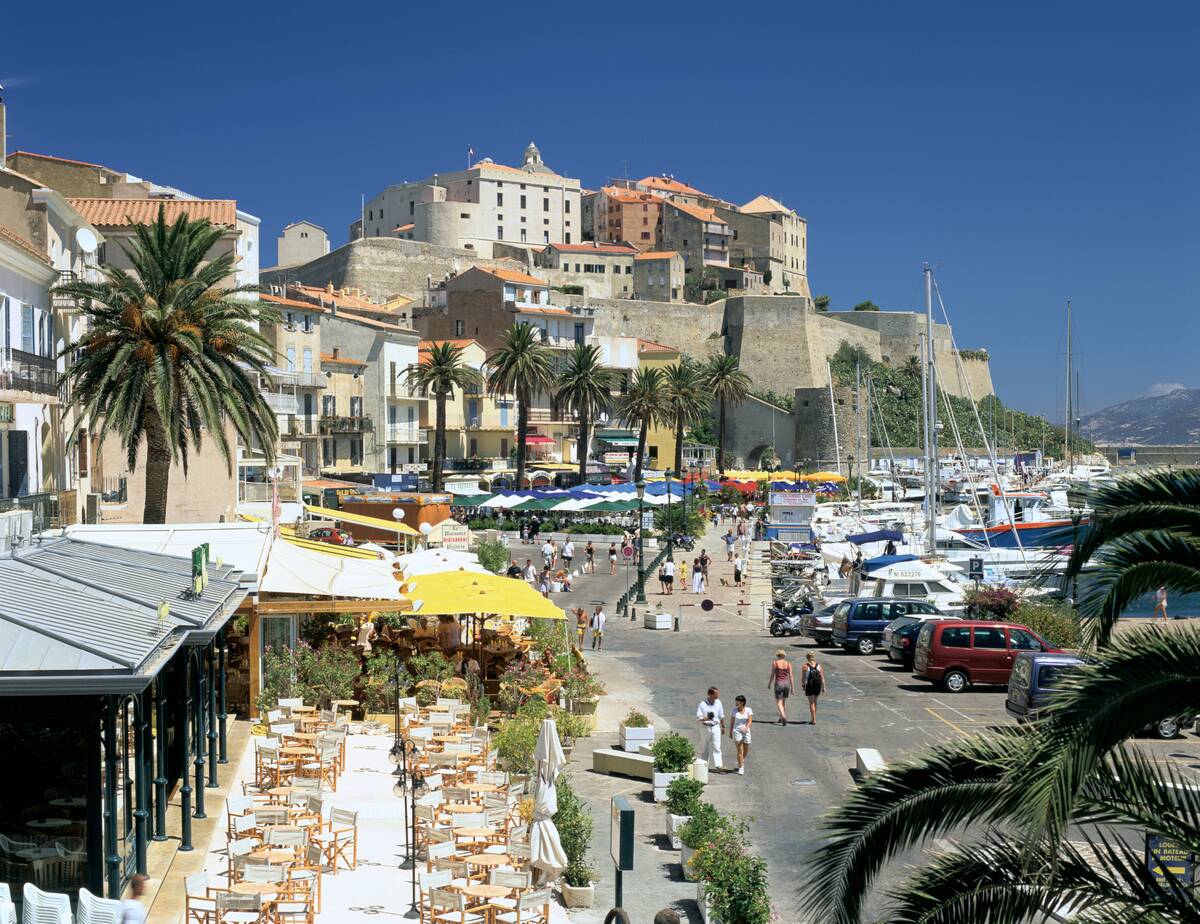
Corsica, known for its rugged landscapes and Napoleon’s birthplace, briefly enjoyed its own monarchy in the 18th century. In 1736, the German adventurer Theodore Stephan von Neuhoff was crowned King of Corsica. His reign lasted just a year, as financial troubles and lack of support led to his downfall. Today, Corsica is part of France, but the island’s flirtation with royalty is a fascinating chapter in its history.
The Republic of Sonora: California’s Neighbor That Never Was
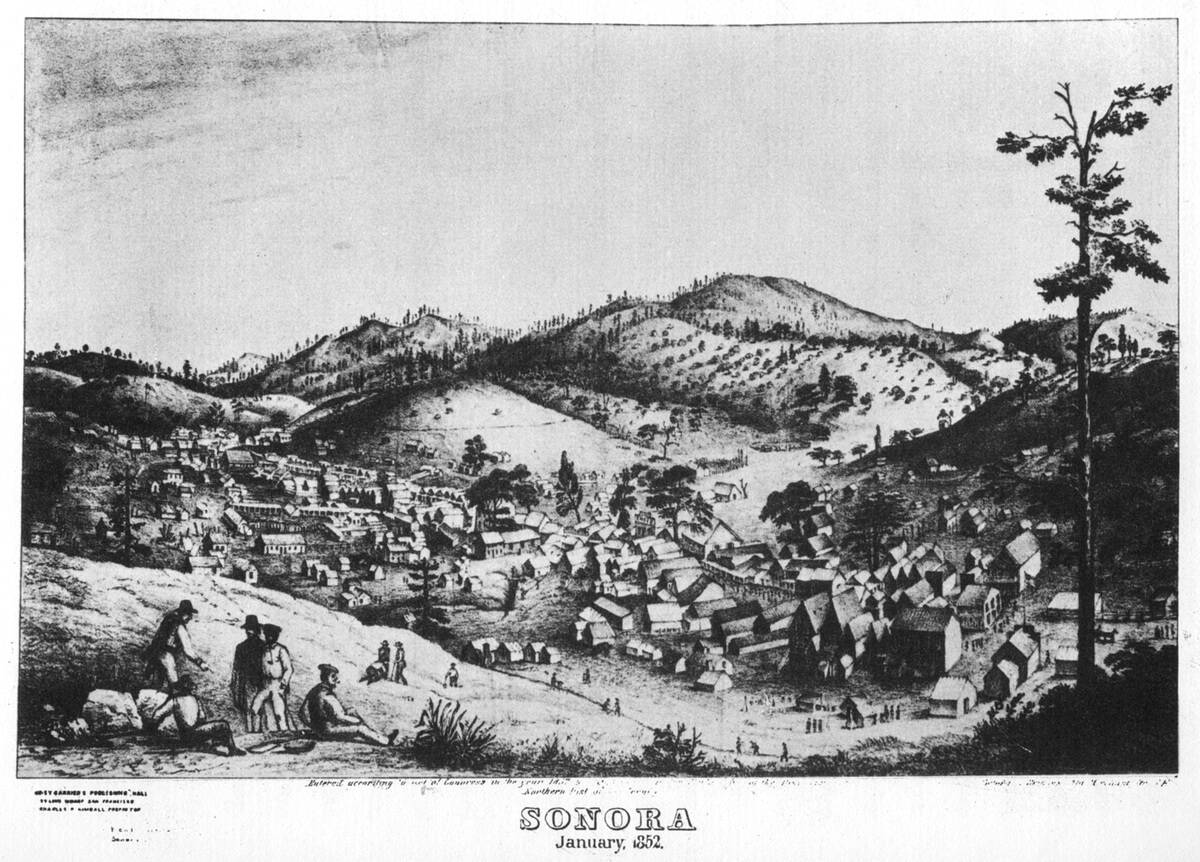
In 1853, an American adventurer named William Walker sought to carve out his own republic in northern Mexico, leading to the short-lived Republic of Sonora. After a mere few months, Walker’s endeavor failed due to lack of support and military defeat. His trials reflect the era’s tumultuous borderland politics and the ambitions of those seeking new frontiers. Walker’s escapade is a testament to the complex history of American and Mexican relations.
The Scottish Darien Scheme: A Tropical Dream Gone Awry
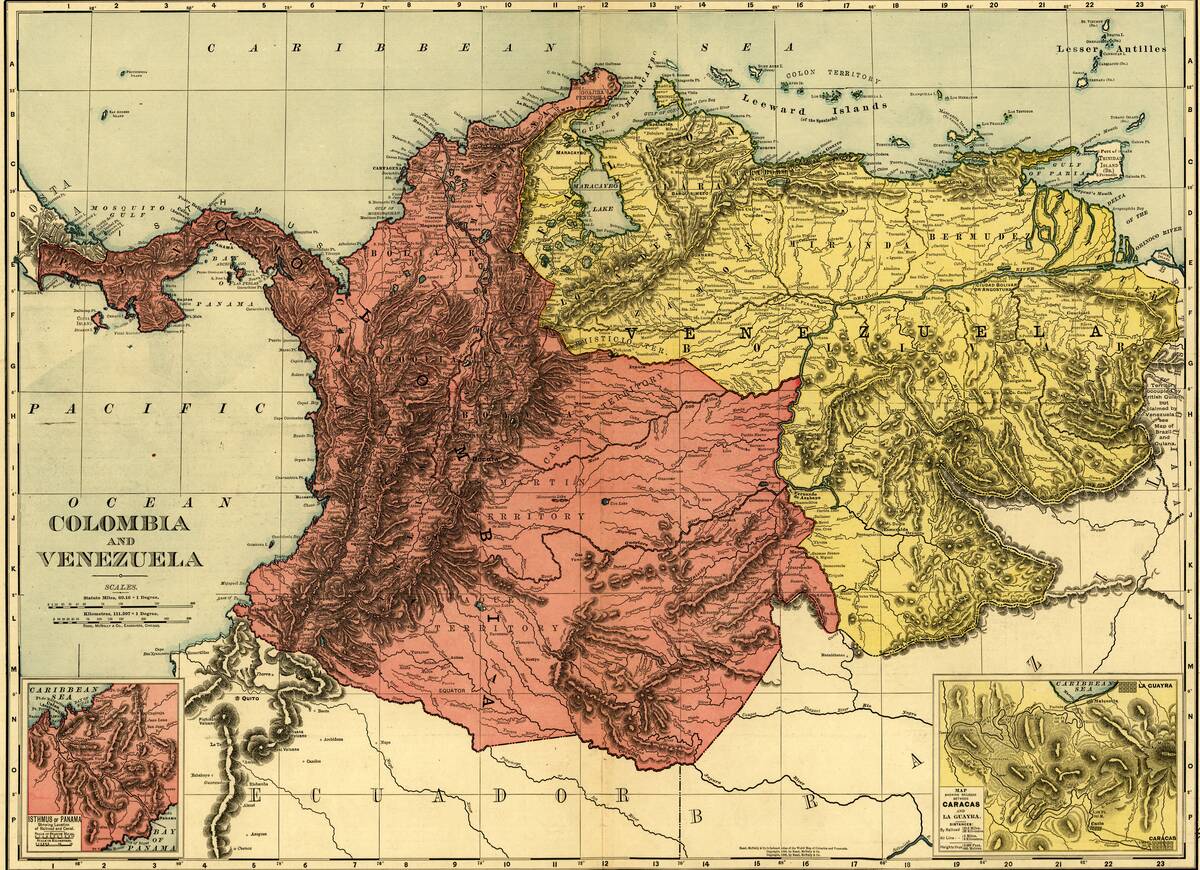
In the late 1690s, Scotland attempted to establish a colony in present-day Panama, known as the Darien Scheme. This endeavor aimed to create a trade route between the Atlantic and Pacific Oceans. However, disease, poor planning, and Spanish hostility led to its collapse within two years. The scheme’s failure severely impacted Scotland’s economy and contributed to its eventual union with England in 1707. It stands as a cautionary tale of ambition and misjudgment.
The Republic of Texas: The Lone Star State’s Independence
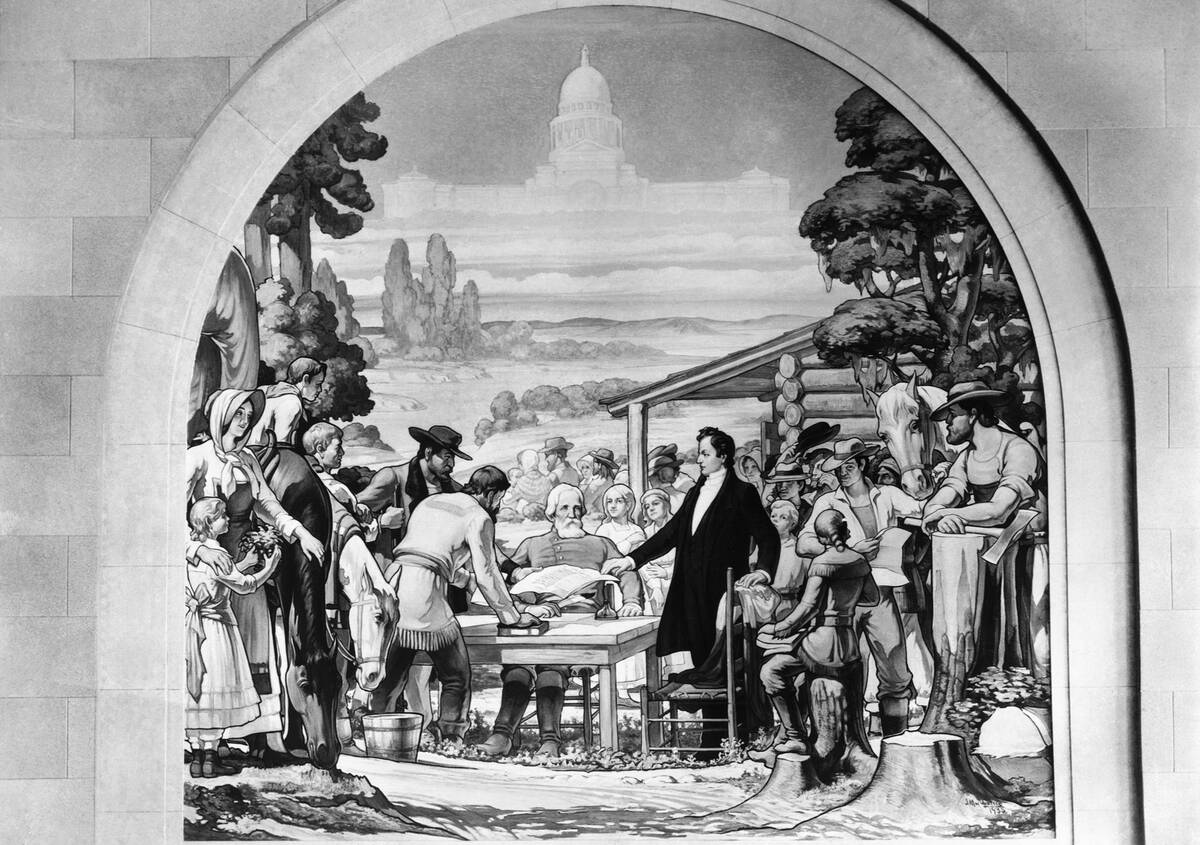
Before becoming part of the United States, Texas was an independent republic from 1836 to 1846. During its first year, Texas faced numerous challenges, including financial instability and threats from Mexico. Despite these obstacles, the Republic of Texas held on for a decade before joining the U.S. in 1846. The Lone Star Republic’s legacy remains deeply ingrained in Texas’ identity, celebrated by Texans with pride and nostalgia to this day.
The Central American Federation: A Central American Experiment
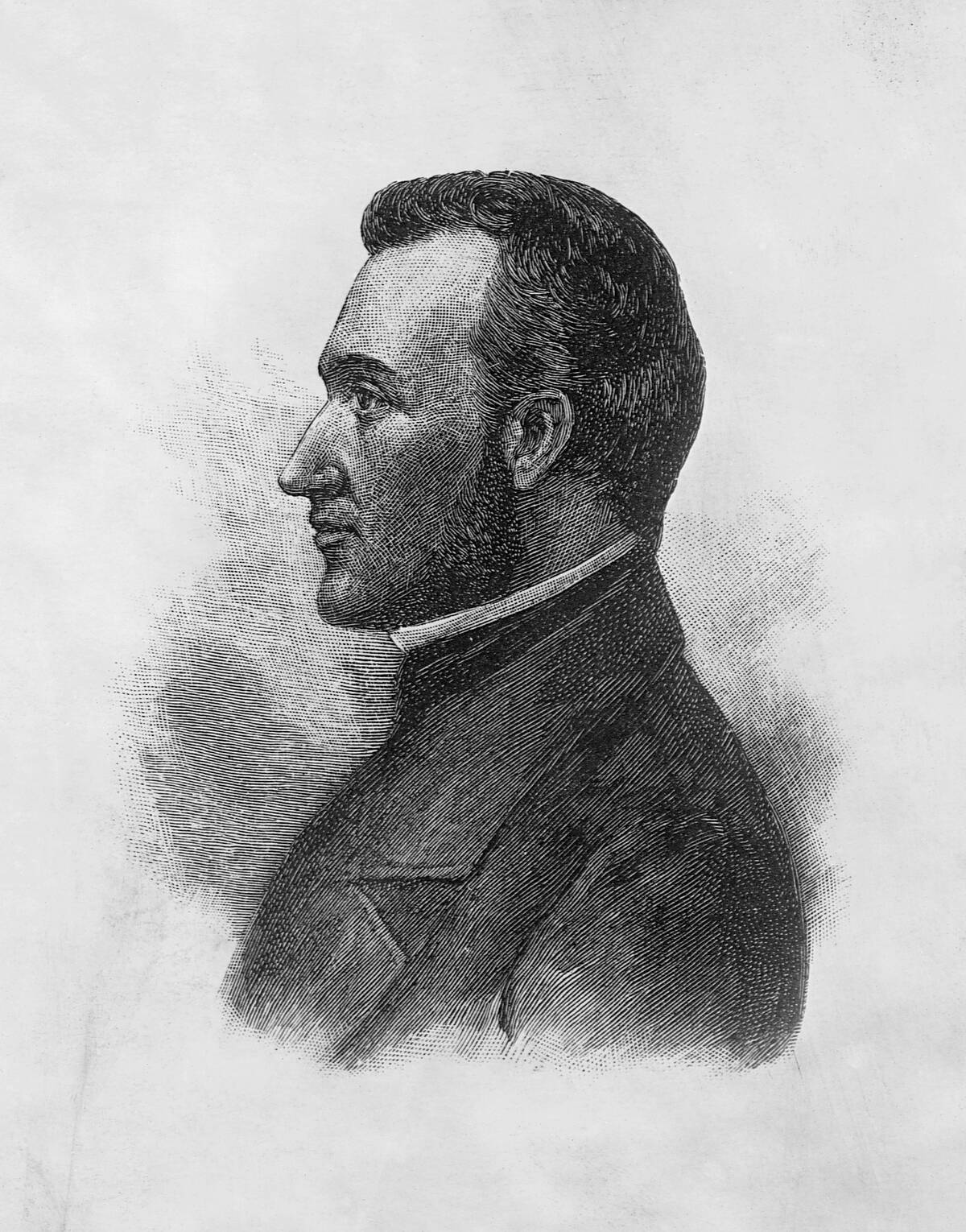
The Federal Republic of Central America was a union of Central American states from 1823 to 1839. Initially seen as a way to unify the region after independence from Spain, internal conflicts and regional rivalries led to its dissolution. The federation’s brief existence highlights the difficulties of maintaining unity among diverse political and cultural landscapes. Its legacy is still felt in the distinct national identities of Central American countries today.
The Republic of Ezo: Japan’s Icy Frontier
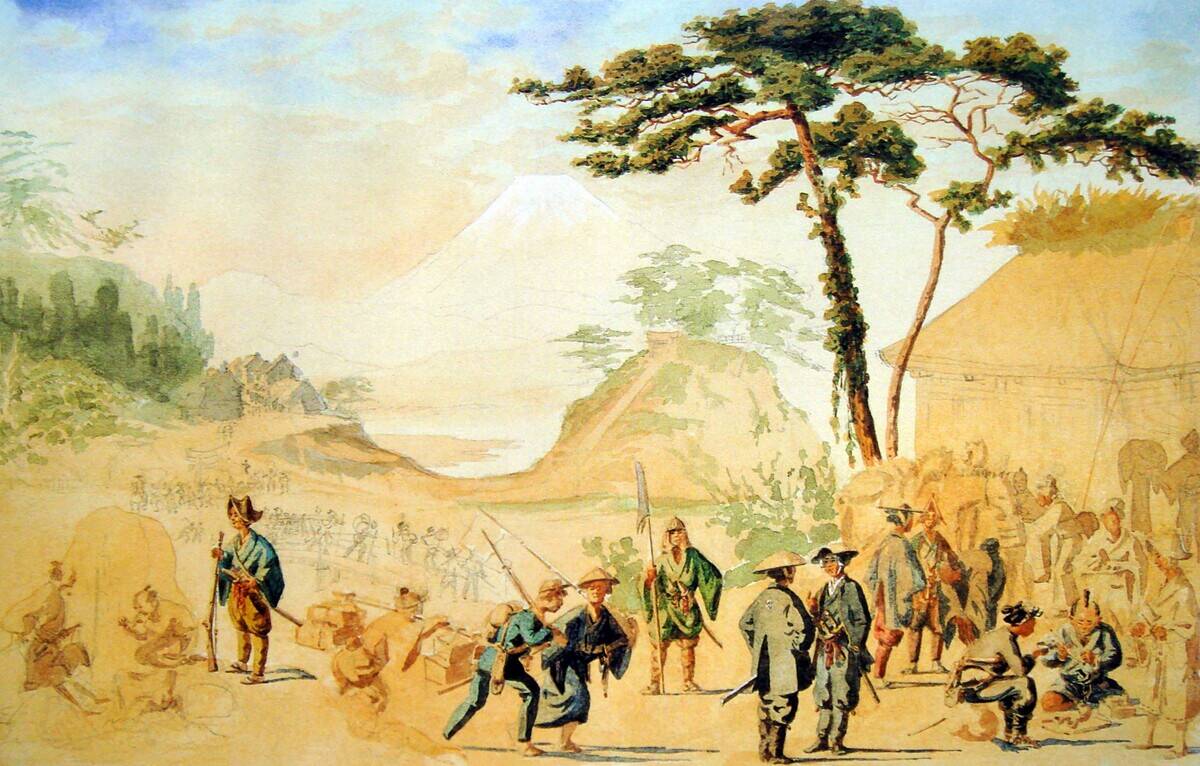
In 1869, the Republic of Ezo was established on Japan’s northern island of Hokkaido by former samurai loyal to the Tokugawa shogunate. It lasted only five months before being defeated by imperial forces. The republic’s brief existence was a last stand for samurai resisting Japan’s modernization under Emperor Meiji. Ezo’s story is a captivating glimpse into Japan’s transition from feudal society to modern nation, marked by the end of the samurai era.
The Kingdom of Tavolara: A Sardinian Micro-Monarchy
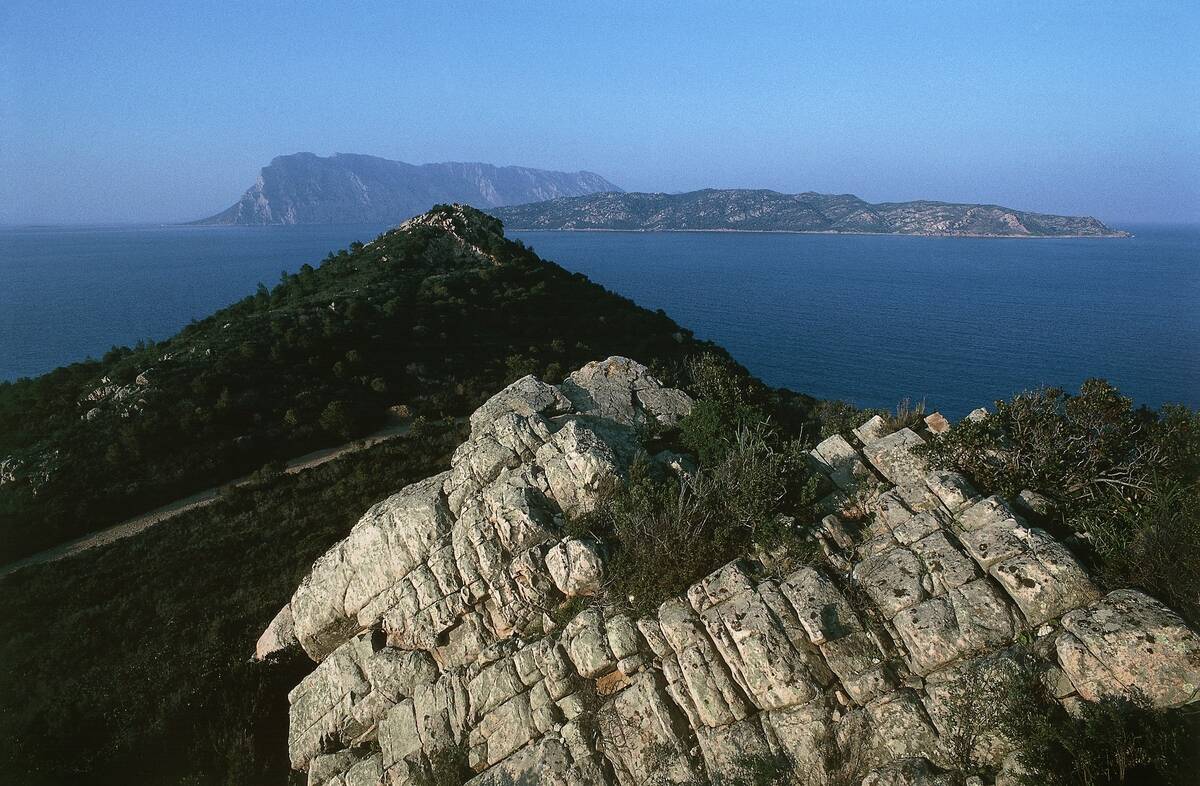
The tiny island of Tavolara off the coast of Sardinia declared itself a kingdom in the 19th century. Giuseppe Bertoleoni proclaimed himself king, and his family ruled until Italy annexed Tavolara. The island’s monarchy was recognized by Italy and other European powers, albeit humorously. Tavolara’s quirky claim to independence, with its royal cemetery and tiny size, remains a charming footnote in the annals of micronations.
The Republic of Formosa: Taiwan’s Short-Lived Sovereignty
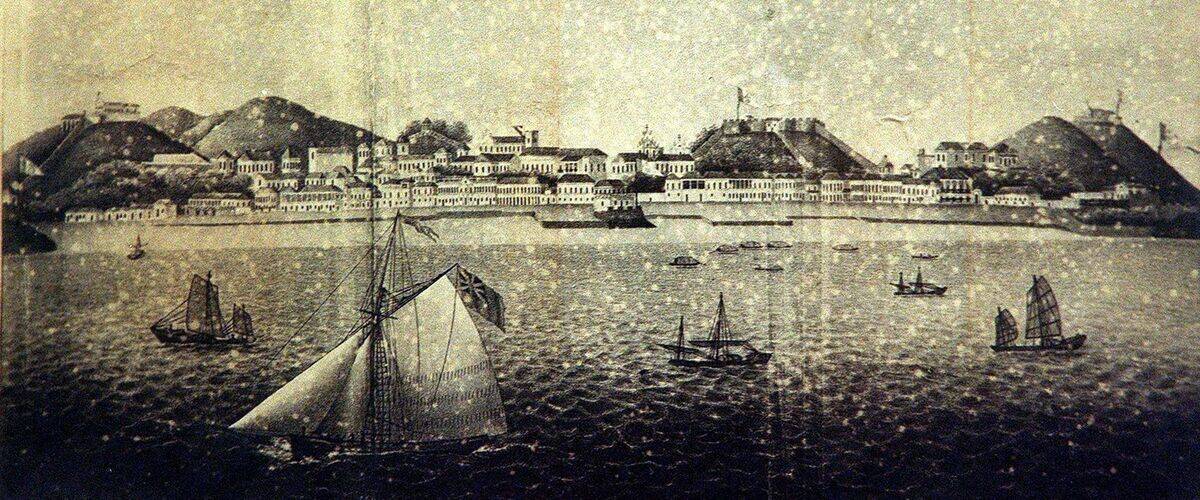
The Republic of Formosa was declared in 1895 by Taiwanese officials resisting Japanese rule. Despite initial enthusiasm, it lasted only five months before Japanese forces took control. Formosa’s brief independence was marked by internal strife and external pressures, reflecting the tumultuous period of East Asian colonialism. Today, Formosa’s legacy is part of Taiwan’s complex political history, as the island continues to navigate its identity and international status.
The California Republic: The Bear Flag Revolt’s Brief Blaze
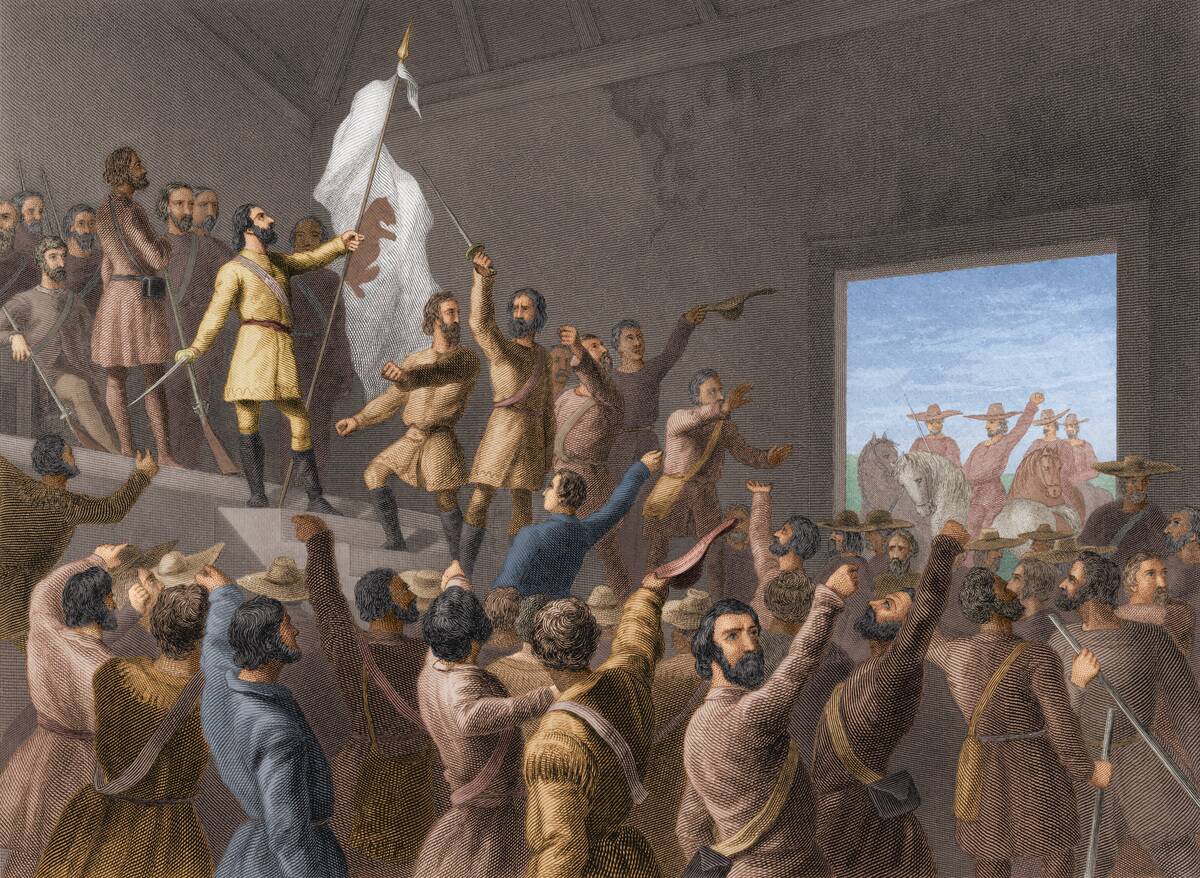
The California Republic, known for its iconic Bear Flag, was established in 1846 during a revolt against Mexican rule. It lasted just 25 days before the U.S. military took control, as California became part of the United States. The revolt was led by American settlers seeking independence from Mexican governance. Although brief, the Bear Flag remains a symbol of California’s unique history and spirit, celebrated on the state flag today.
The Republic of Yucatán: A Mexican Peninsula’s Brief Independence
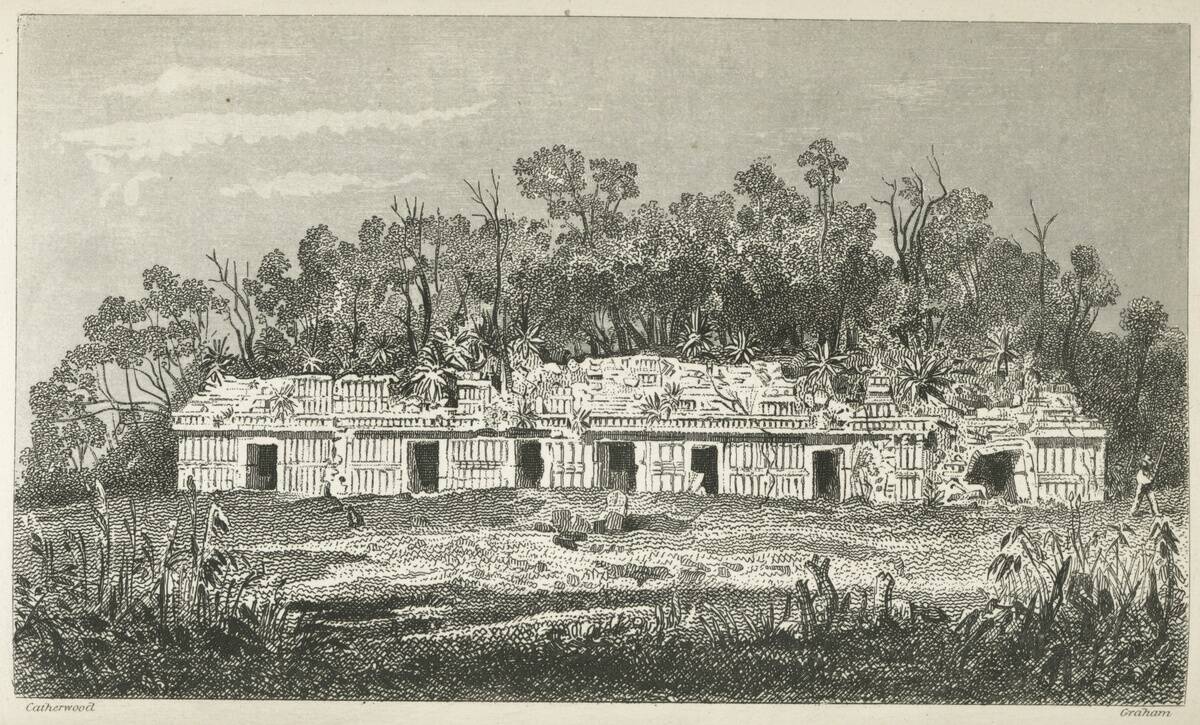
In 1841, the Yucatán Peninsula declared independence from Mexico, forming the Republic of Yucatán. Economic pressures and the threat of Mexican military force led to its reintegration with Mexico in 1843. Yucatán’s short-lived independence was driven by regional identity and economic interests. The republic’s legacy is evident in Yucatán’s distinct cultural and historical identity within Mexico, highlighting the complexities of regional autonomy and national unity.
The Kingdom of Lithuania: A Medieval State’s Fleeting Glimmer
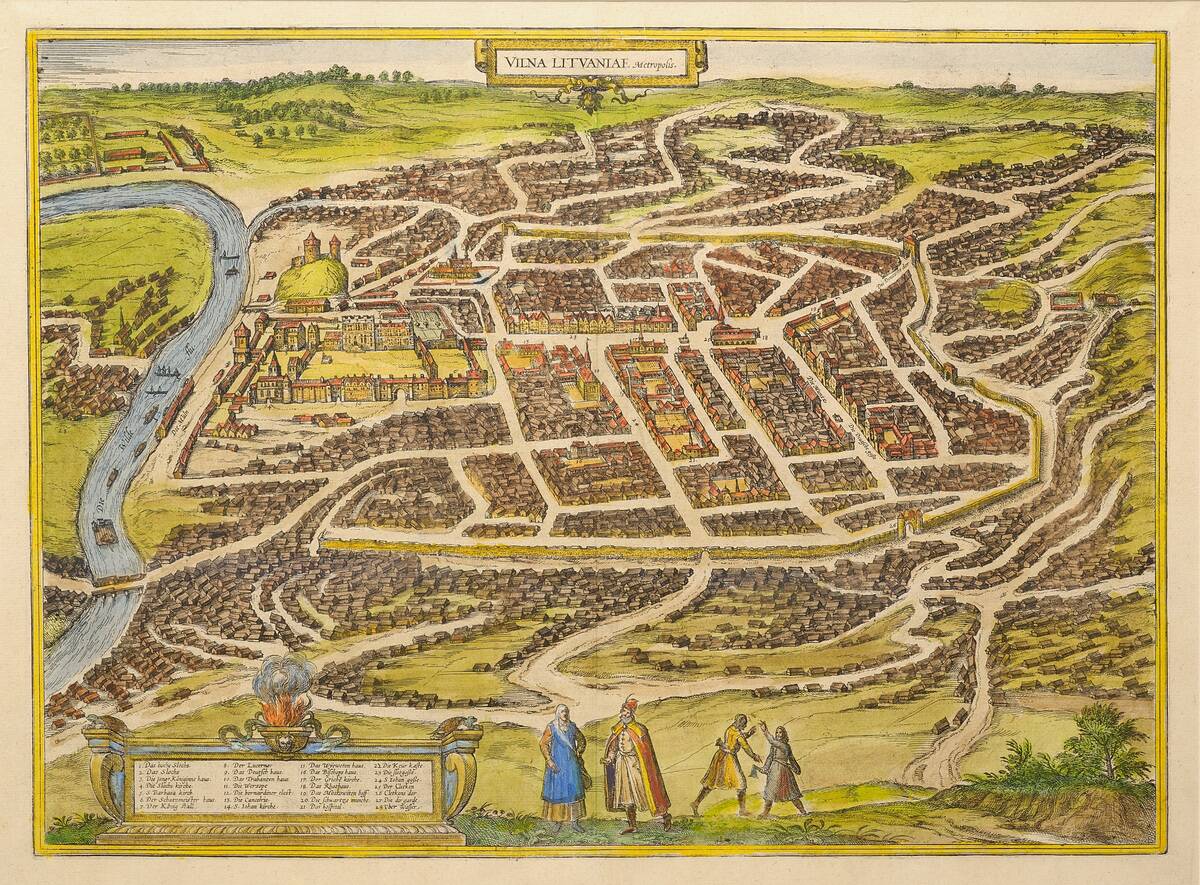
In the 13th century, the Kingdom of Lithuania was established as a unified state under King Mindaugas. However, his assassination in 1263 led to the kingdom’s fragmentation. Despite its brief existence, the kingdom laid the foundations for the Grand Duchy of Lithuania, which became a significant power in Eastern Europe. Lithuania’s early kingdom remains a proud symbol of the country’s medieval heritage and enduring spirit of independence.
The Principality of Sealand: A Sea Fort’s Sovereign Saga
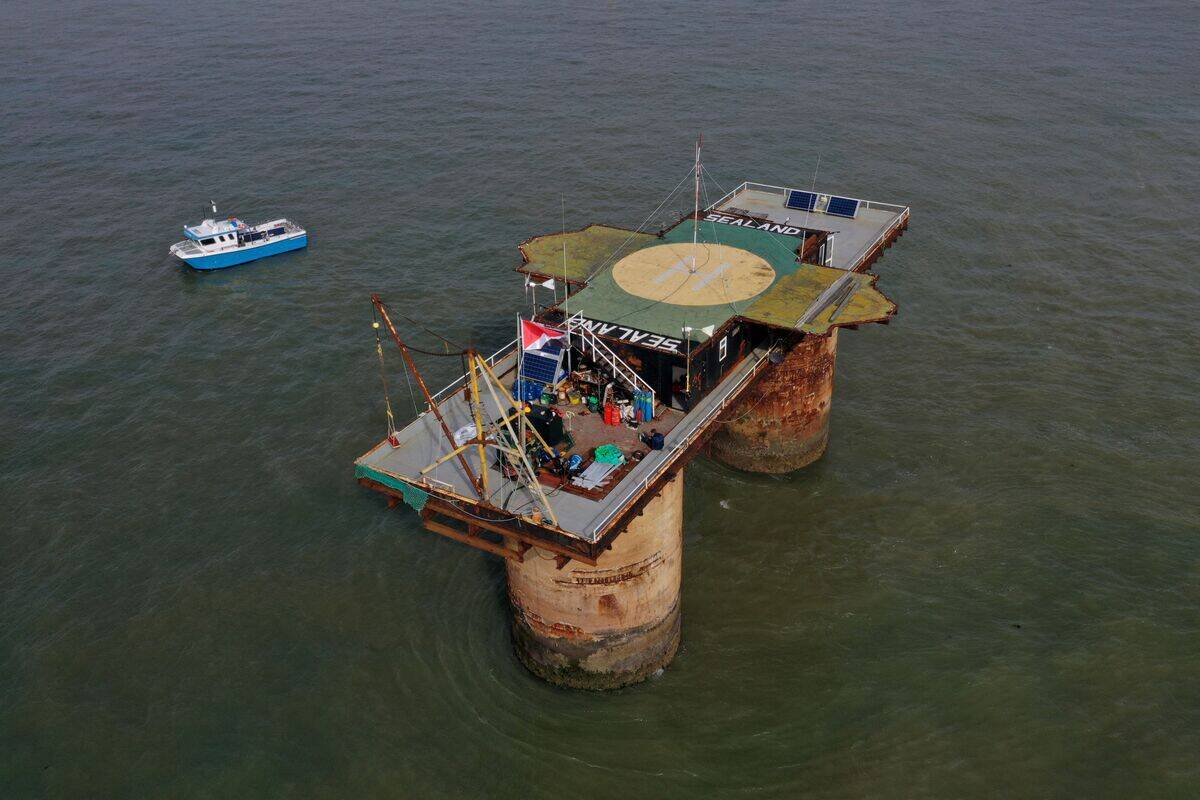
Sealand, a former World War II sea fort off the English coast, declared itself a sovereign principality in 1967. Founded by Roy Bates, Sealand has its own currency, stamps, and even passports. Despite its unrecognized status, Sealand’s claim to independence persists, fueled by its unique maritime location and eccentric history. The principality’s saga is a modern tale of self-declared sovereignty, challenging conventional notions of nationhood.
The Republic of Indian Stream: A Borderland’s Brief Declaration

In the early 19th century, a territorial dispute between the United States and Canada led to the creation of the Republic of Indian Stream. This small area declared independence in 1832 to avoid jurisdictional conflicts. It lasted until 1835 when it was peacefully annexed by the U.S. Indian Stream’s brief sovereignty highlights the complexities of border disputes and the quirky solutions communities sometimes employ. Its legacy adds an amusing chapter to the history of American expansion.
The Free State of Fiume: A Port City’s Ephemeral Autonomy

The Free State of Fiume was established in 1920 after World War I, when Italian poet Gabriele D’Annunzio seized the city. His rule lasted a mere 15 months before international pressure restored order. Fiume’s fleeting autonomy reflected the post-war turmoil and nationalist fervor of the period. Today, the city is known as Rijeka, part of Croatia, and its brief independence remains a footnote in the complex history of European borders.
The Kingdom of Hawaii: A Monarch’s Brief Reign

The Kingdom of Hawaii enjoyed a period of independence until its overthrow in 1893. Queen Liliʻuokalani, the last monarch, ruled during its final years. Her efforts to restore Hawaiian sovereignty were thwarted by a coup led by American residents and supported by U.S. interests. Hawaii was annexed by the United States in 1898. The kingdom’s end marked a significant moment in Hawaii’s history, one that is remembered and reflected upon by the Hawaiian people.
The Republic of Connacht: An Irish Kingdom’s Fleeting Flame
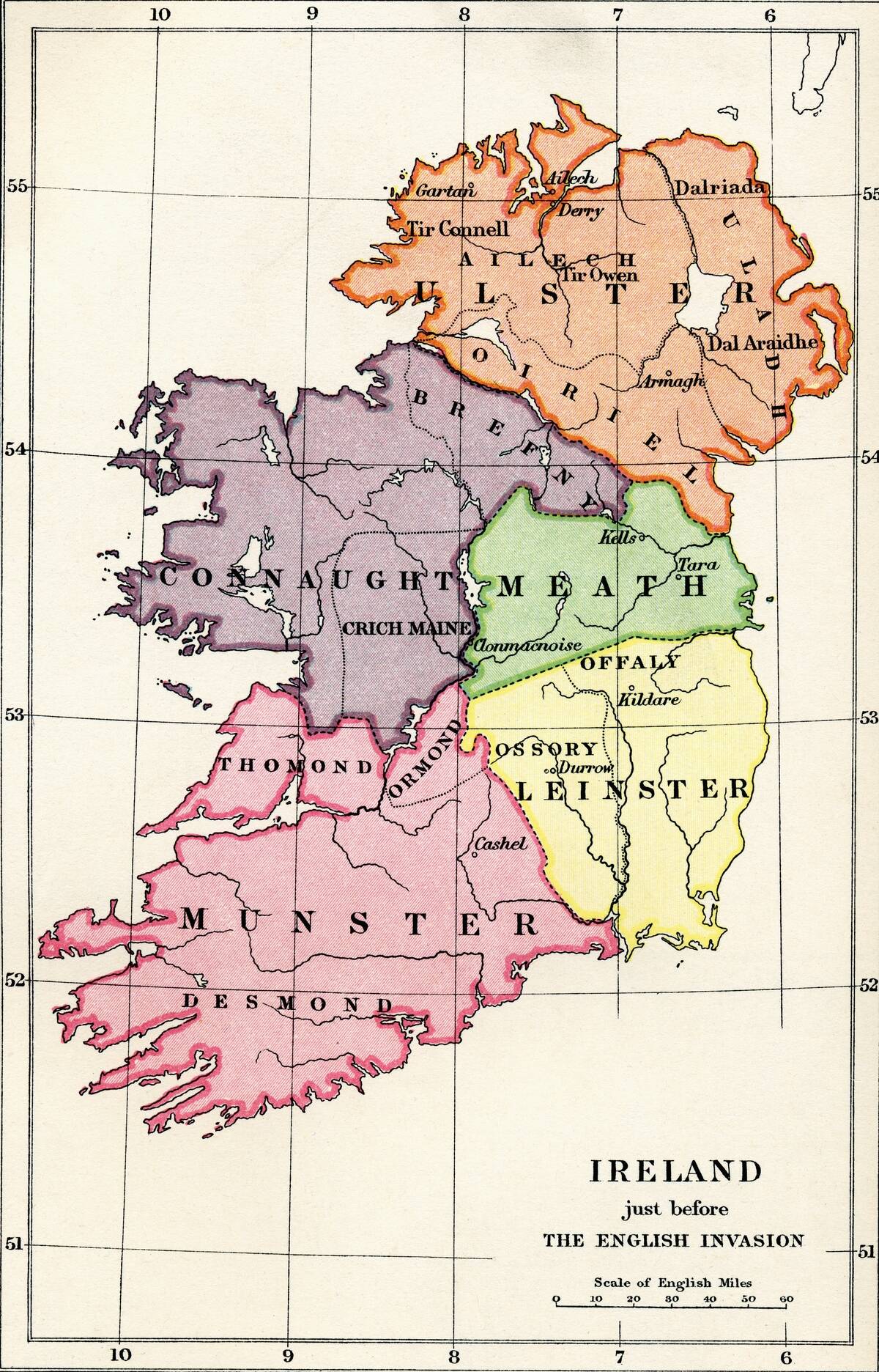
In 1798, during the Irish Rebellion, the Republic of Connacht was declared with French support. It existed for only 12 days before British forces quelled the uprising. Connacht’s brief independence was part of a larger struggle for Irish autonomy against British rule. Despite its short life, the republic symbolizes the enduring spirit of Irish resistance and desire for self-determination, commemorated in Irish history and folklore.



